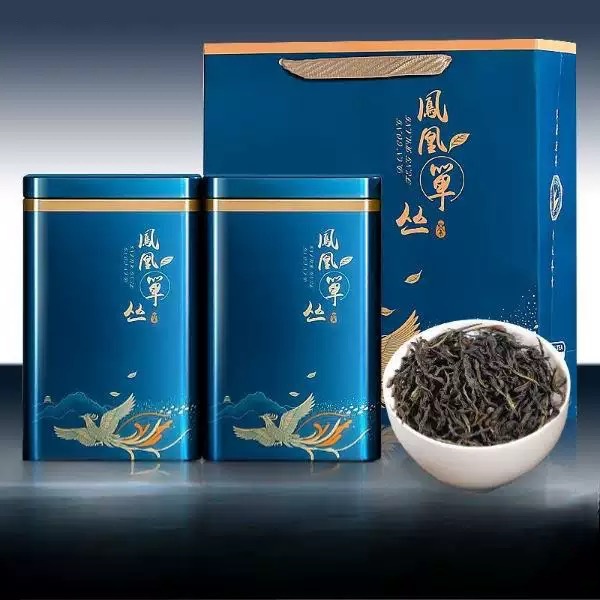
# Oolong Tea Types and Their Unique Characteristics
## Introduction to Oolong Tea
Oolong tea, also known as wulong tea, is a partially oxidized tea that falls between green and black tea in terms of oxidation levels. This unique processing method gives oolong tea its distinctive flavor profile and aroma. With origins in China’s Fujian province and later development in Taiwan, oolong tea has become one of the most diverse and complex tea categories in the world.
## Major Oolong Tea Varieties
### 1. Tie Guan Yin (Iron Goddess of Mercy)
Originating from Anxi County in Fujian province, Tie Guan Yin is one of the most famous Chinese oolong teas. It undergoes about 30-50% oxidation and is known for its floral aroma and smooth, slightly sweet taste. The leaves are tightly rolled into small balls that unfurl beautifully during brewing.
### 2. Da Hong Pao (Big Red Robe)
This legendary tea from the Wuyi Mountains in Fujian is one of the most prized oolong teas. With about 60-80% oxidation, Da Hong Pao offers a rich, mineral flavor with notes of dark chocolate and roasted nuts. The name comes from the story of a Ming Dynasty emperor who draped his red robe over tea bushes to protect them from frost.
### 3. Dong Ding (Frozen Summit)
Grown in Taiwan’s Nantou County, Dong Ding oolong is typically medium-oxidized (30-40%). It’s known for its creamy texture, floral notes, and a distinctive roasted character that comes from traditional charcoal firing. The name refers to the “frozen summit” mountain where it was originally cultivated.
### 4. Oriental Beauty (Bai Hao Oolong)
This unique Taiwanese oolong undergoes about 60-70% oxidation and is famous for its honey-like sweetness. What makes it special is that the tea leaves are bitten by small leafhoppers before harvesting, which triggers a natural defense mechanism that enhances the tea’s flavor.
### 5. Phoenix Dan Cong
From Guangdong province, these single-bush oolongs (Dan Cong means “single bush”) are known for their incredible variety of natural aromas, ranging from orchid and osmanthus to almond and honey. Each bush produces tea with slightly different characteristics, making this one of the most diverse oolong categories.
## Processing and Oxidation Levels
Oolong teas are categorized by their oxidation levels, which significantly impact their flavor profiles:
- Light oxidation (10-30%): These oolongs have fresh, floral notes similar to green tea but with more complexity.
- Medium oxidation (30-50%): Balanced between floral and fruity notes with a more rounded mouthfeel.
- Heavy oxidation (50-80%): These develop deeper, roasted flavors with notes of caramel, honey, and dried fruit.
## Brewing Oolong Tea
To fully appreciate the complexity of oolong teas, proper brewing is essential:
- Use high-quality spring water heated to 85-95°C (185-205°F)
- Preheat your teaware to maintain temperature
- Use about 3-5 grams of tea per 150ml of water
- Steep for 30 seconds to 1 minute for the first infusion
- Increase steeping time slightly with each subsequent infusion
Keyword: Oolong Tea Varieties
Most high-quality oolongs can be steeped multiple times (often 5-8 infusions), with each steeping revealing different aspects of the tea’s character.
## Health Benefits of Oolong
